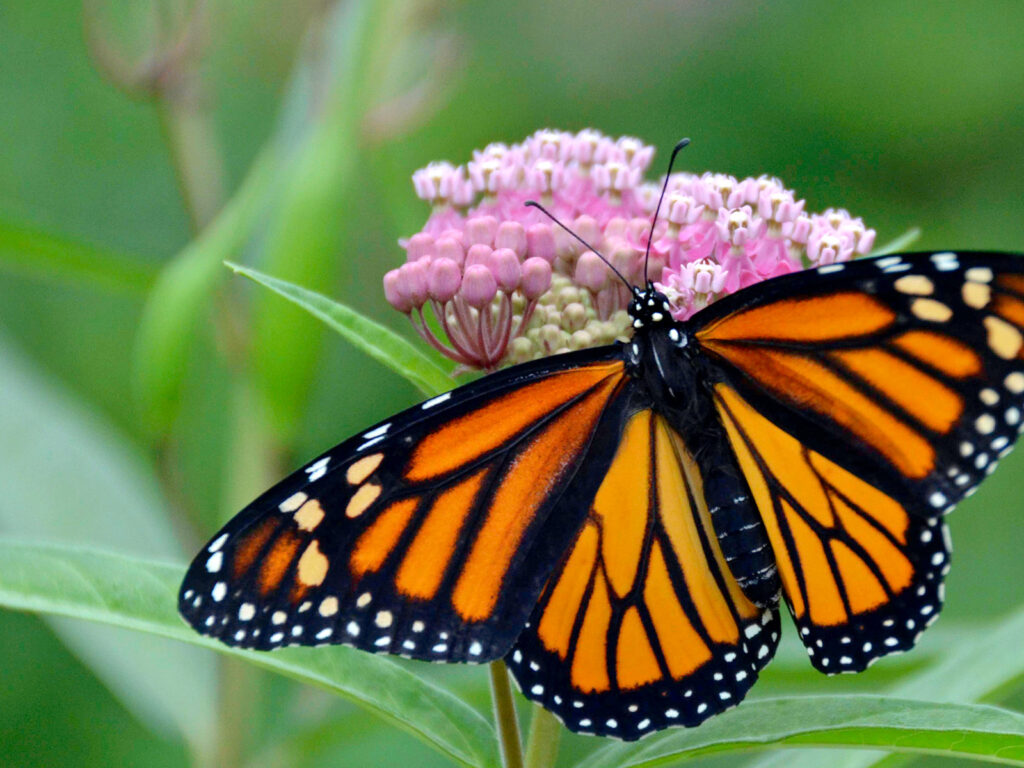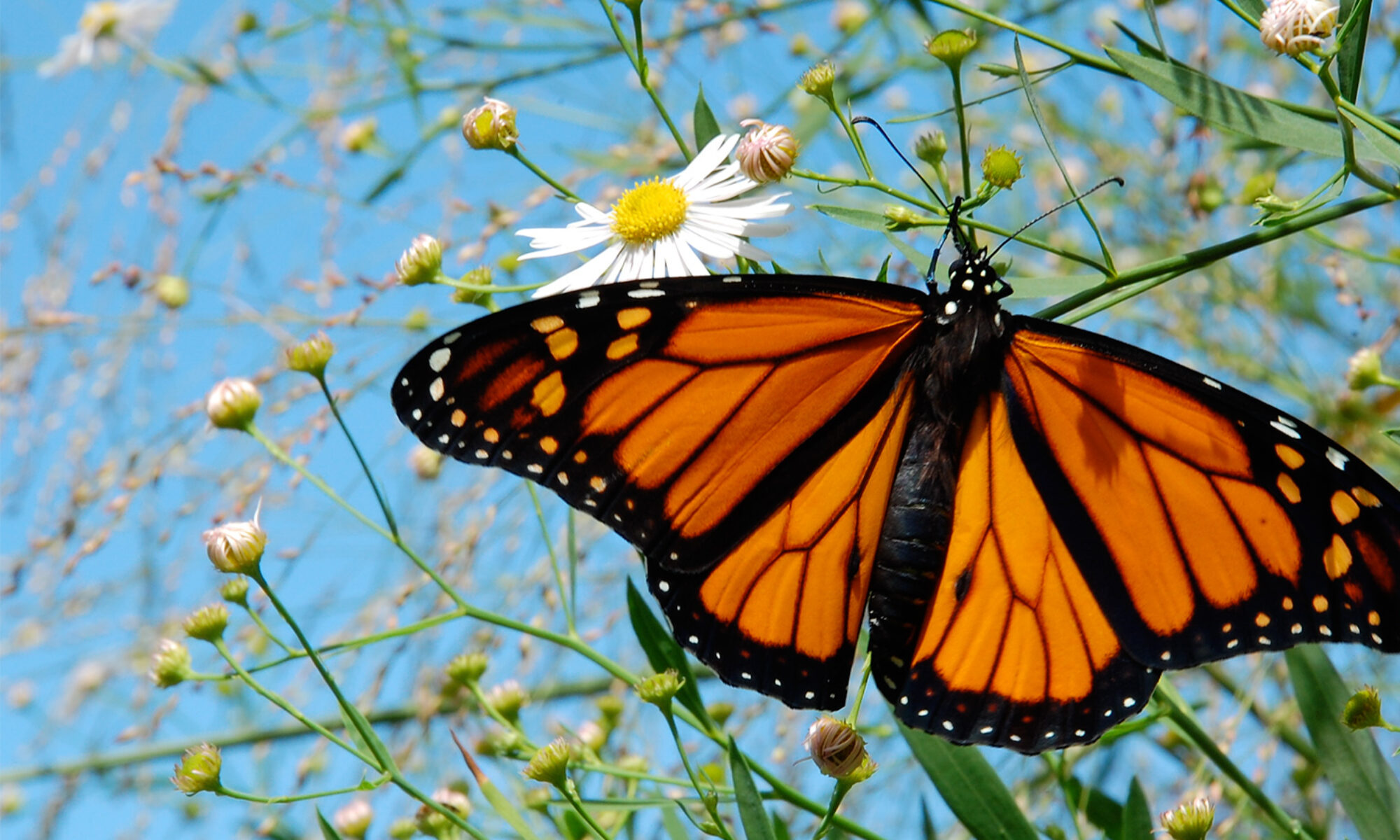
The Monarch Larval Monitoring Project was developed by researchers at the University of Minnesota. It includes collecting data not just on the monarch larva (i.e. the caterpillar) but also on milkweed habitat.
The goal is to better understand how and why monarch populations vary in time and space, with a focus on monarch distribution and abundance during the breeding season in North America.
So far, I haven’t participated in the formal data collection. I’ve instead submitted my anecdotal results only from monarchs I raise inside, from eggs and caterpillars collected from my own yard. I suspect, though, that this casual approach is not very useful from their perspective.
Project Monarch Health
In 2015, I participated in Project Monarch Health. I got a report back that none of the samples I had taken from three monarchs had any evidence of Oe (Ophryocystis elektroscirrha) parasite spores.
Reflections
The monarch is probably the best-known butterfly in the world, famed for its remarkable ability to fly thousands of kilometres across North America during its annual migratory journey. Although millions of monarchs exist, the North American Monarch Conservation Plan (NAMCP) warns that the butterfly’s migration as a natural phenomenon is imperiled because of threats to its habitat. The migration of monarchs is “among the most spectacular and unusual of the world’s natural events,” says the report, but its decline “is certain unless these threats are addressed.”
~ North American Conversation Plan, Monarch Butterfly Fund
